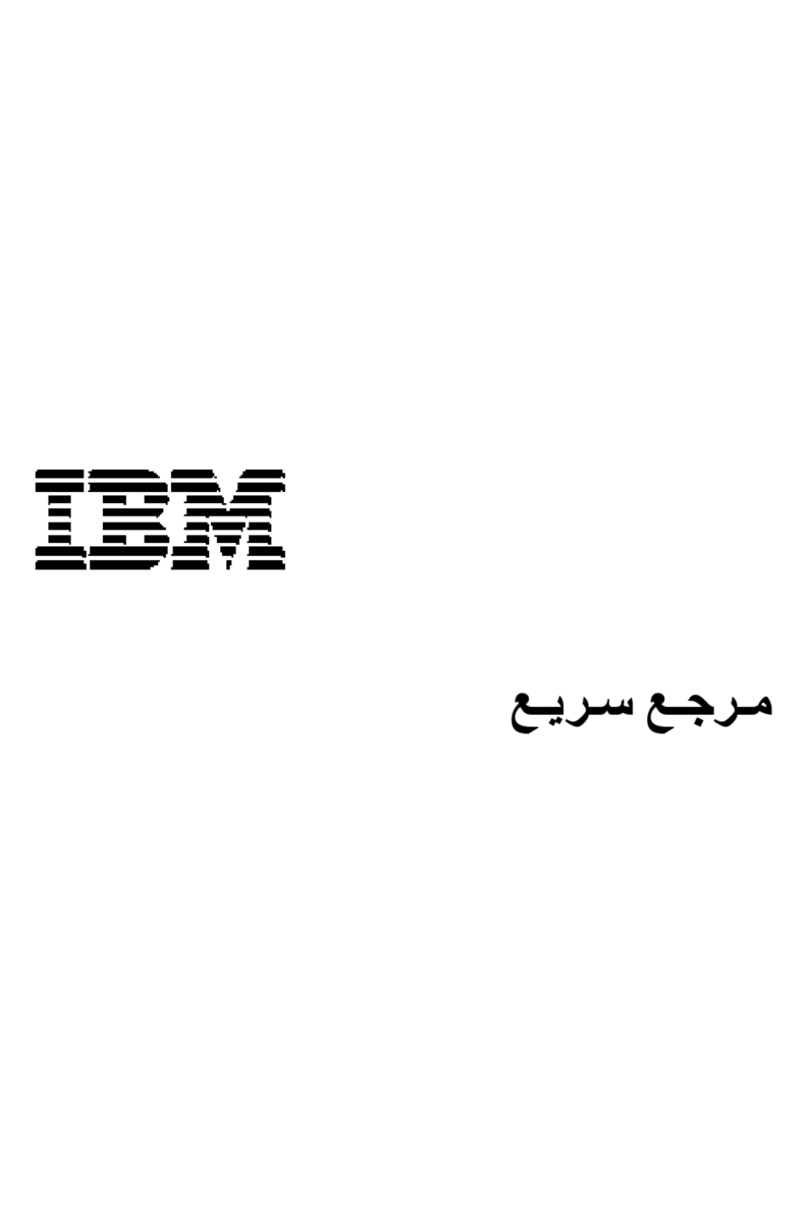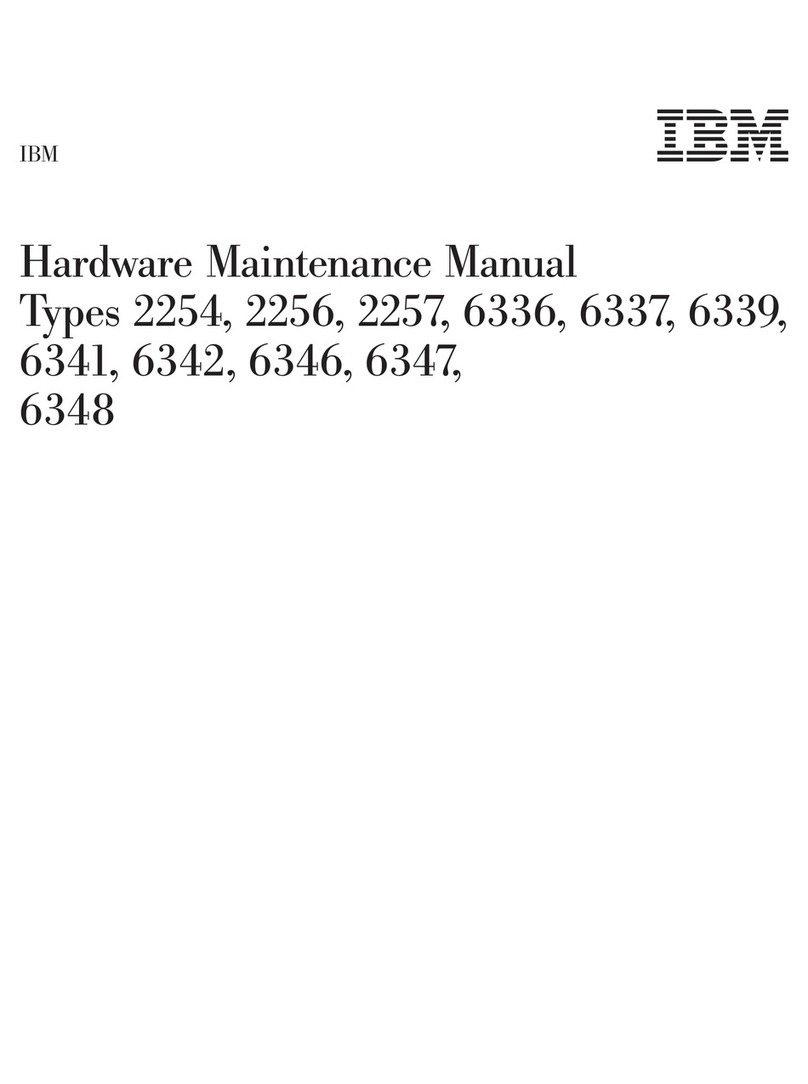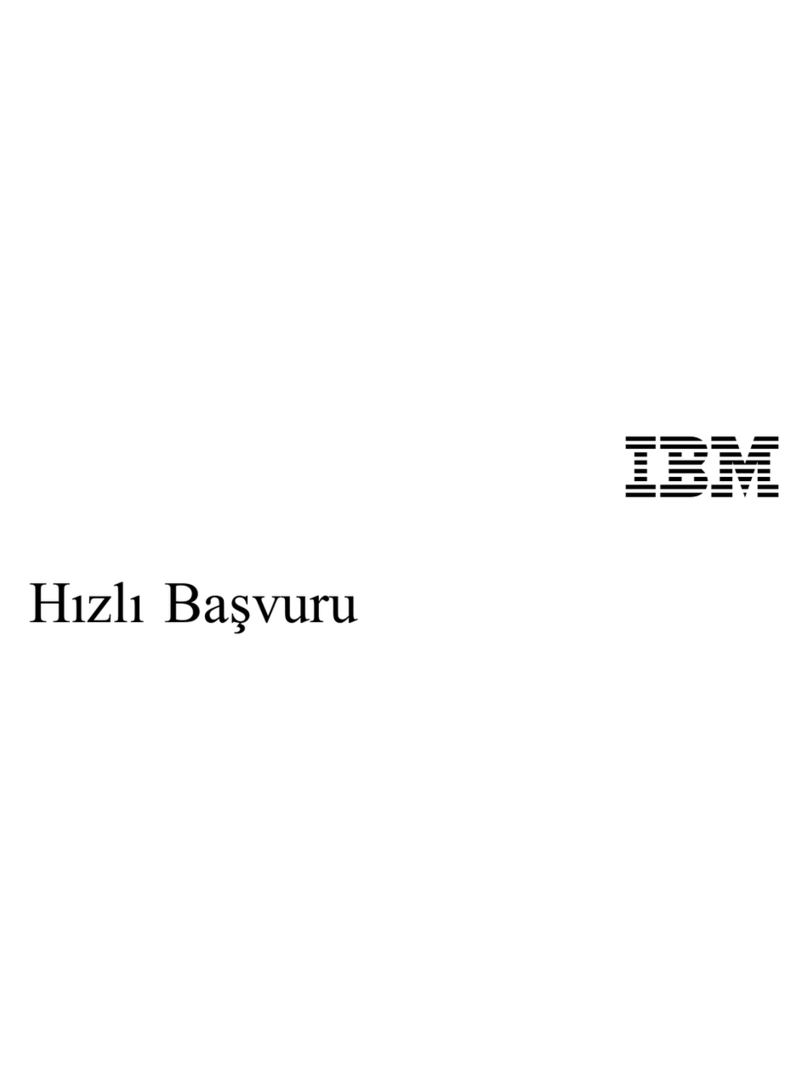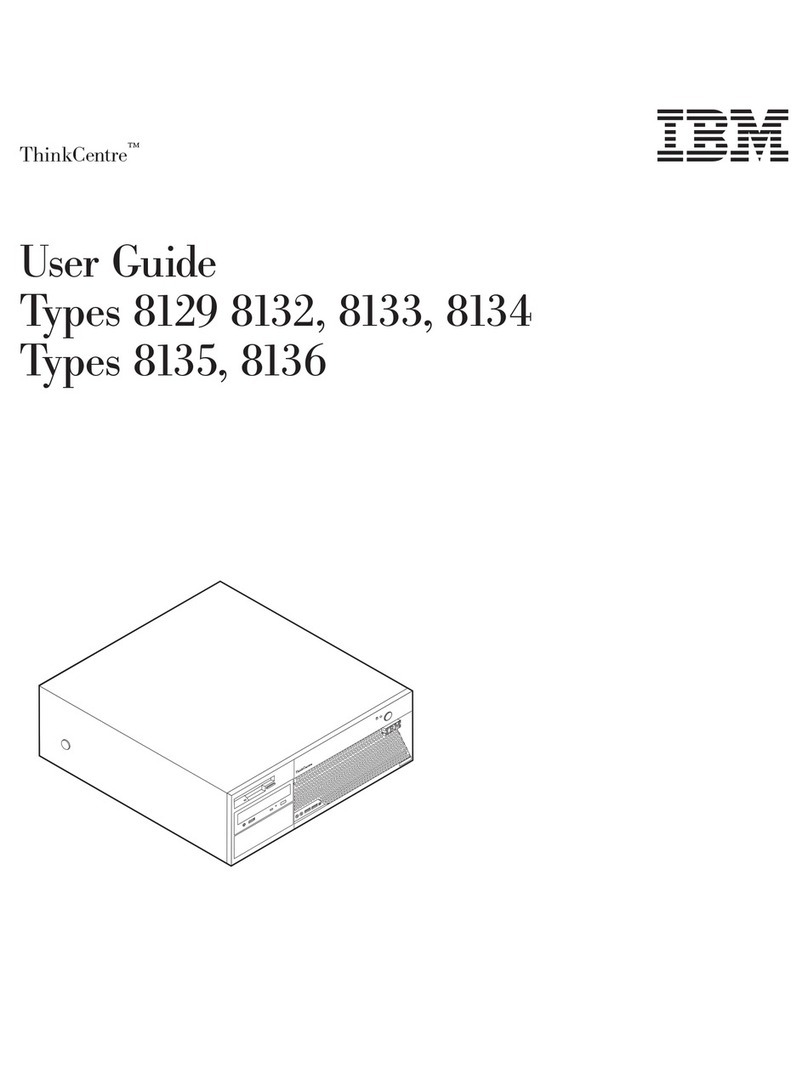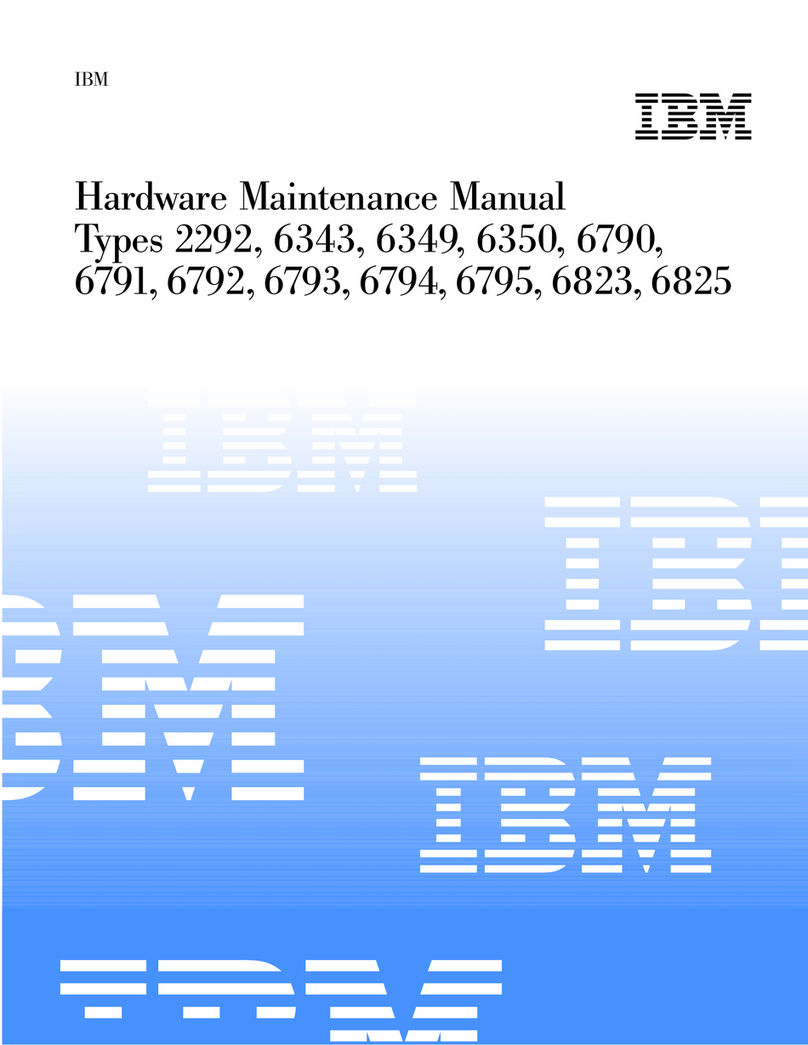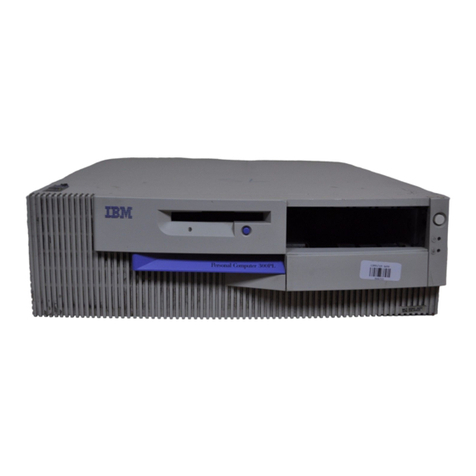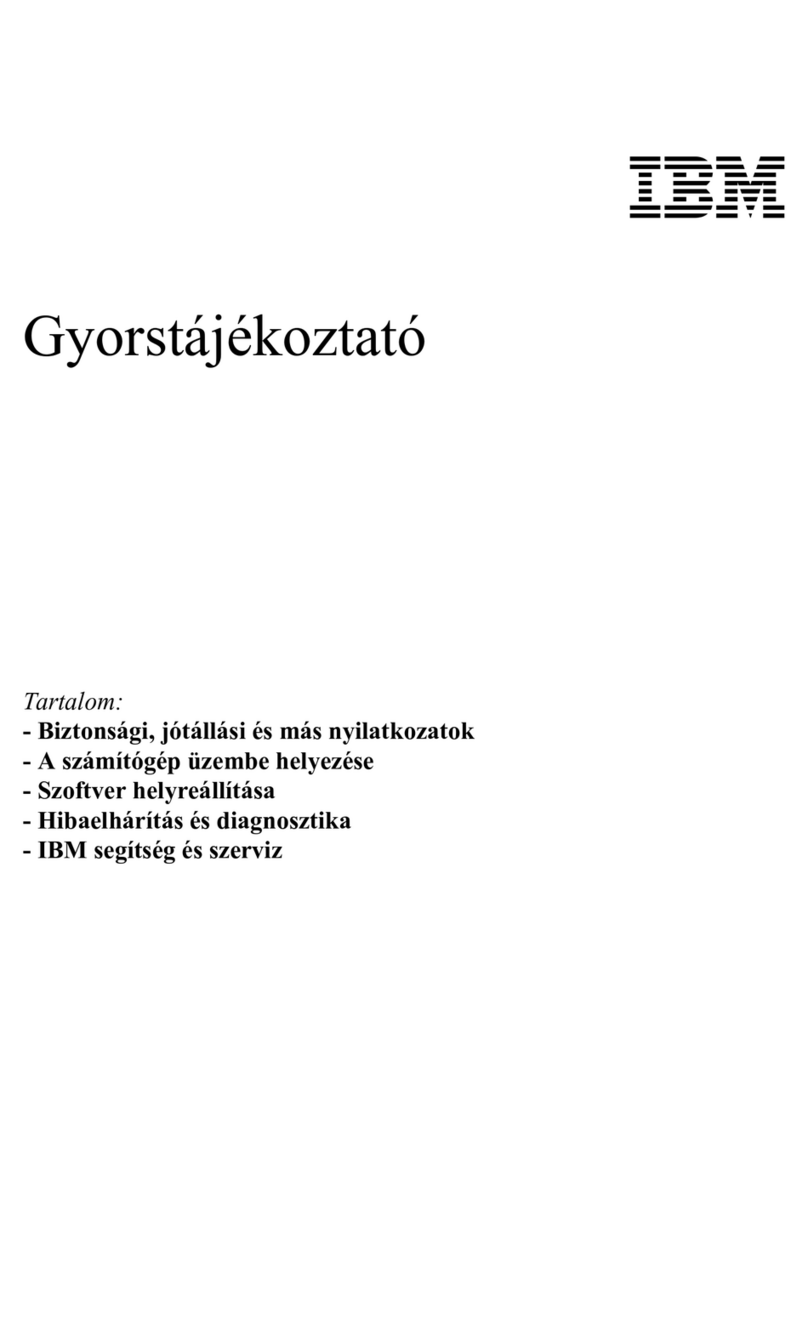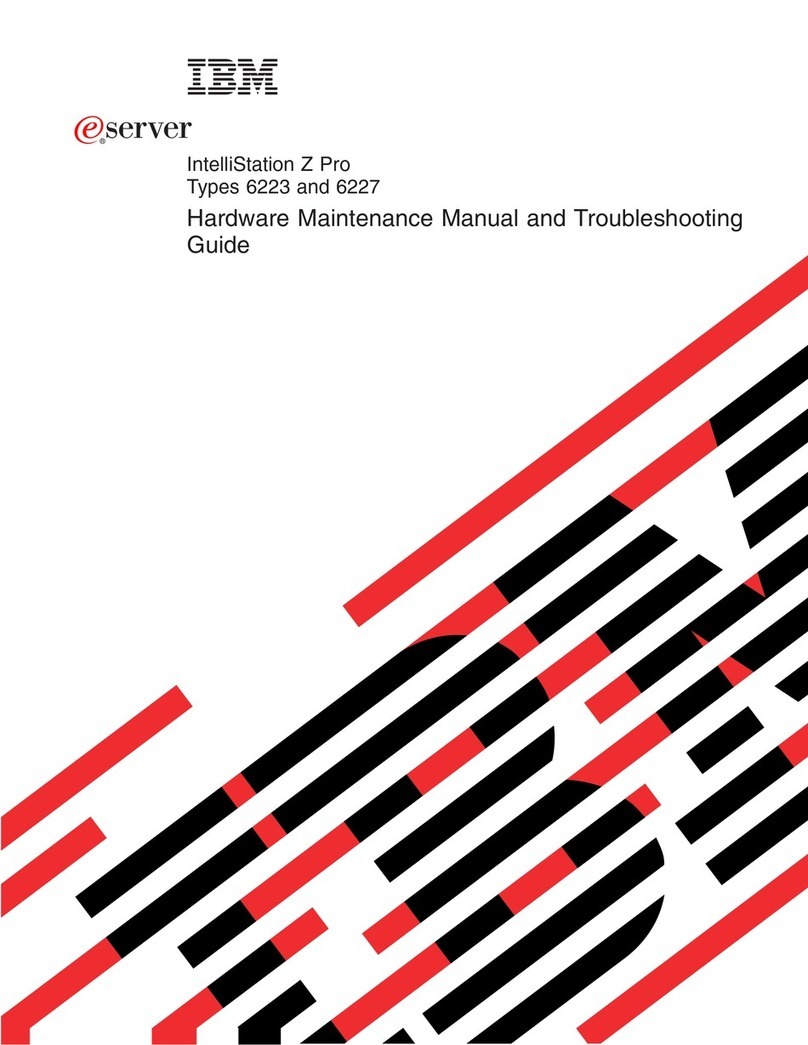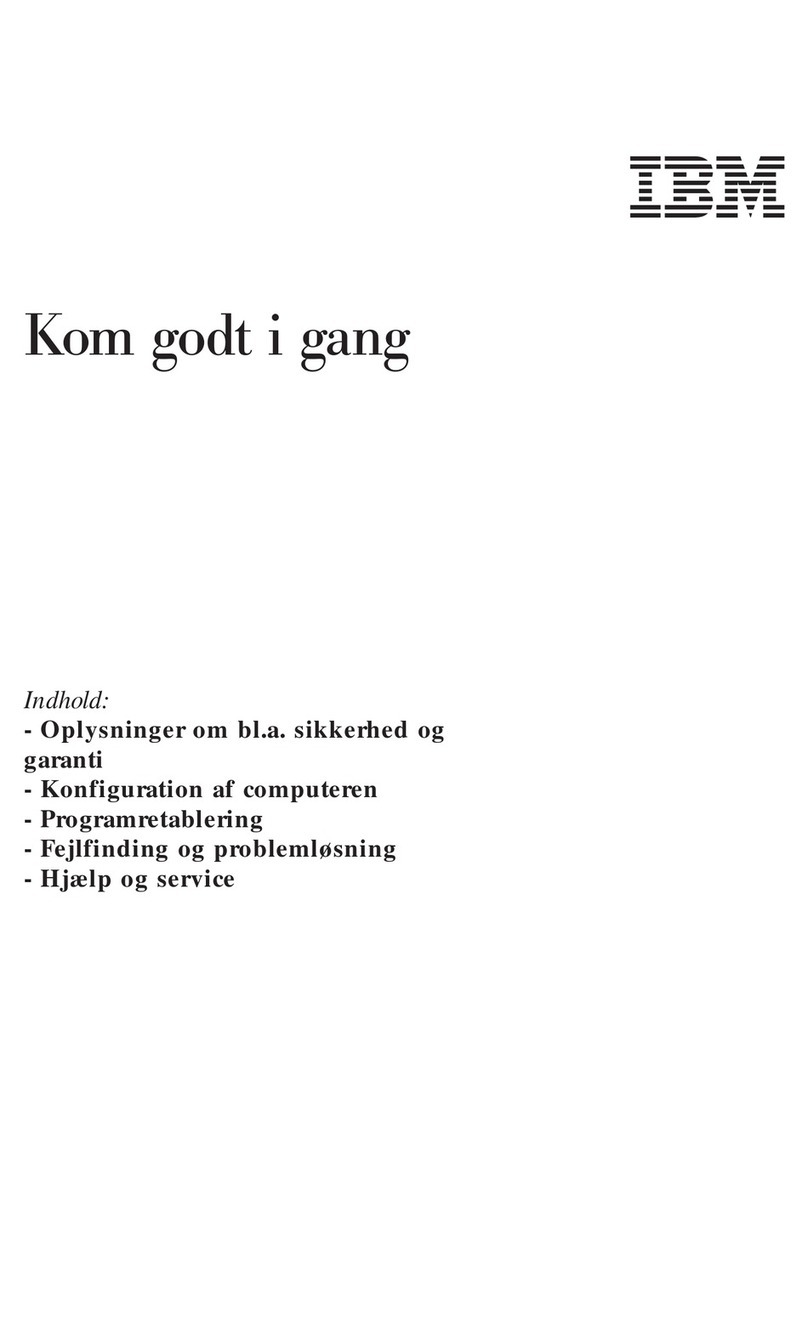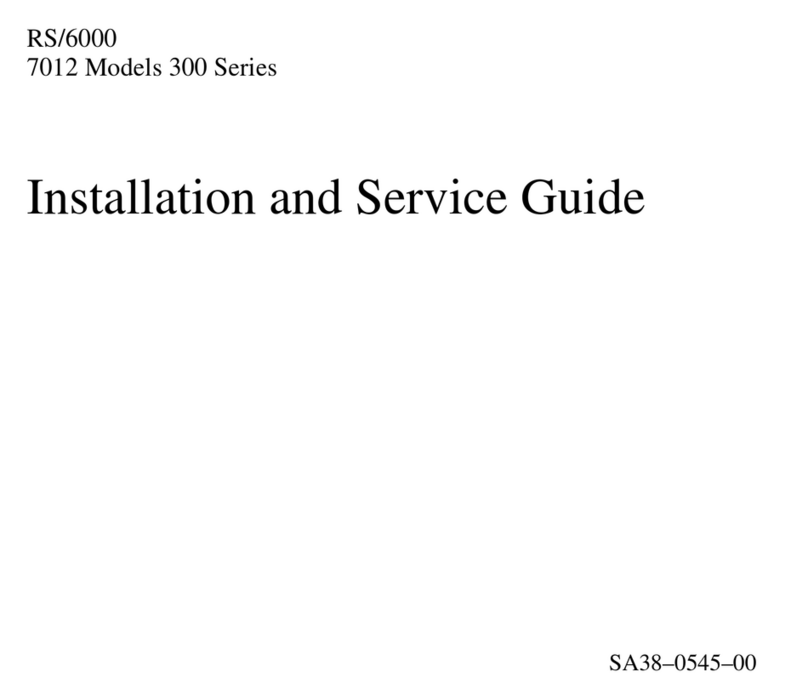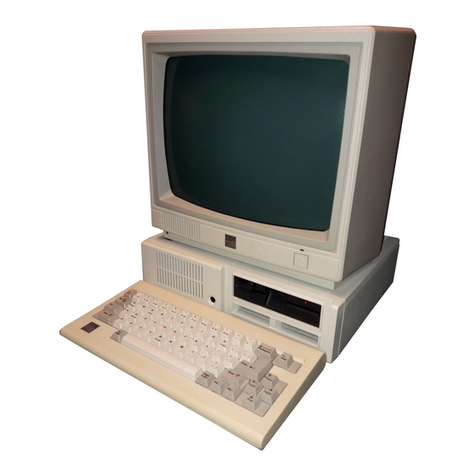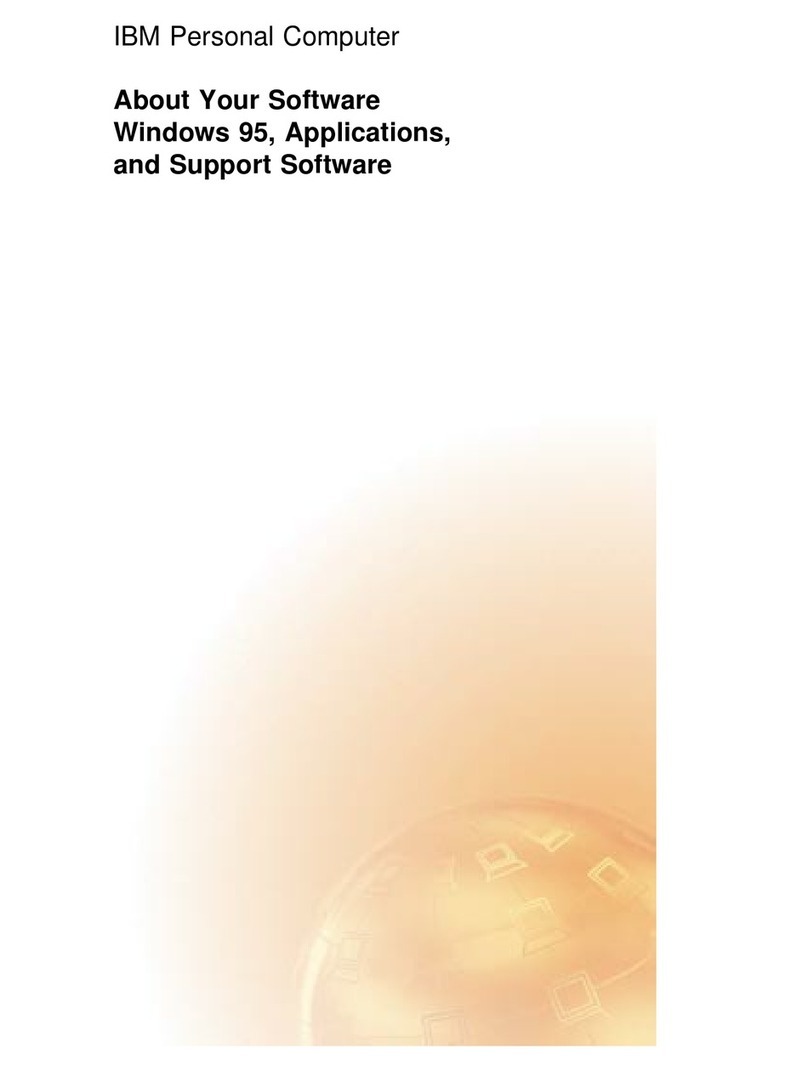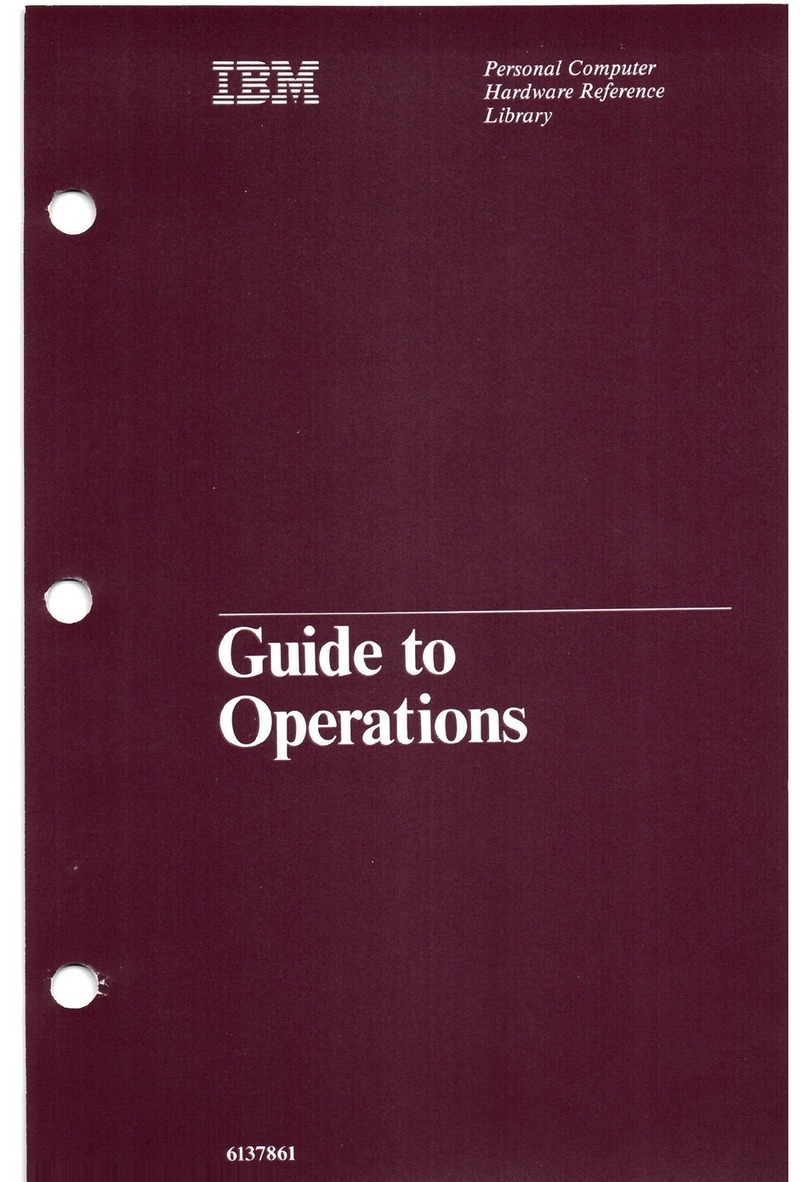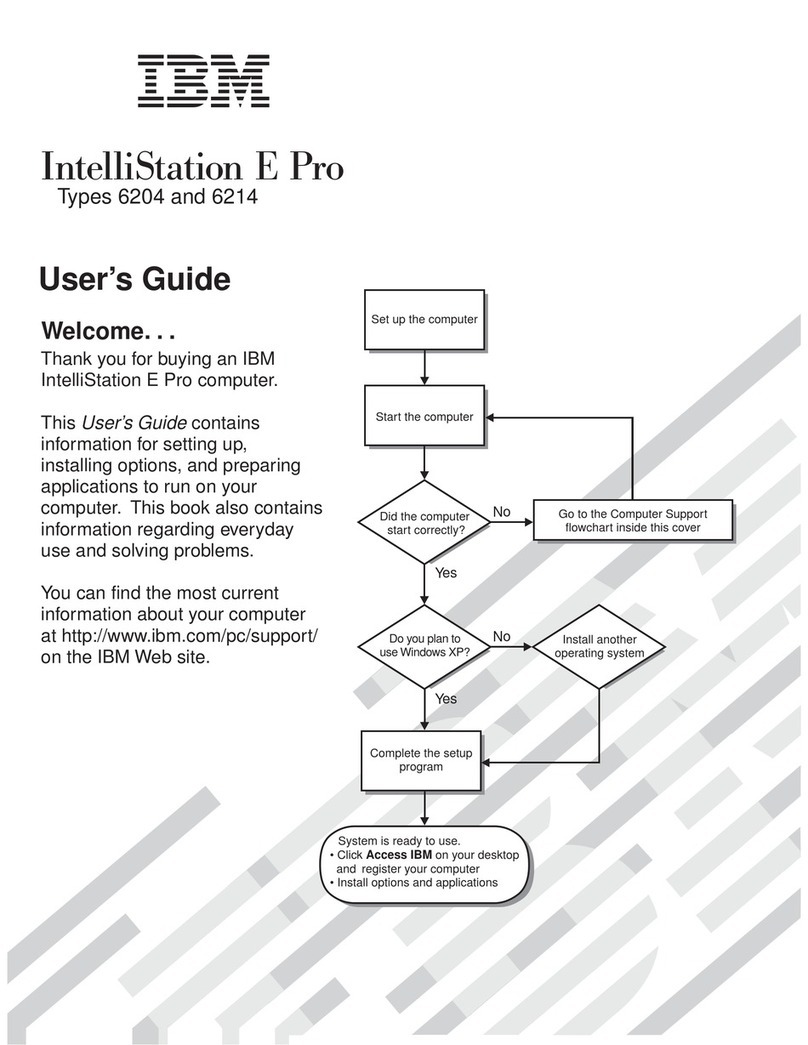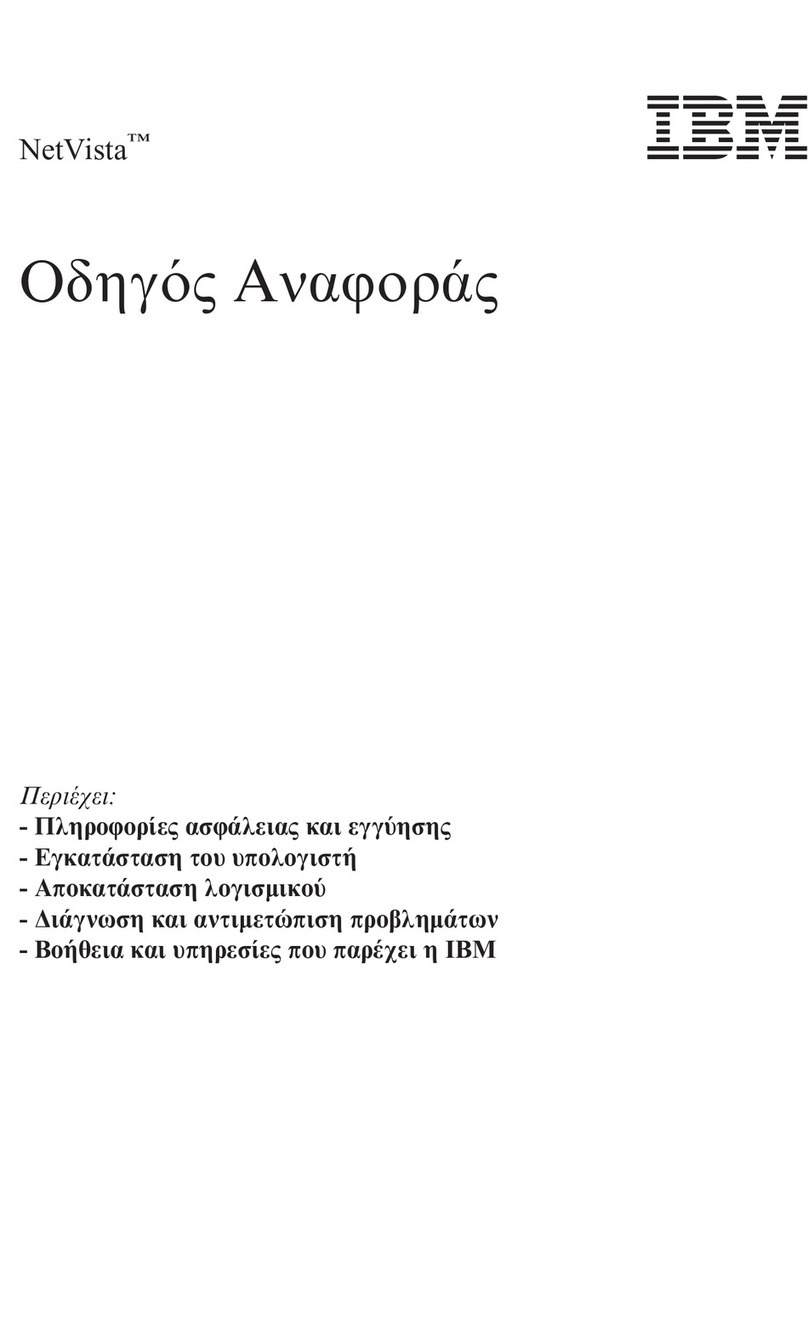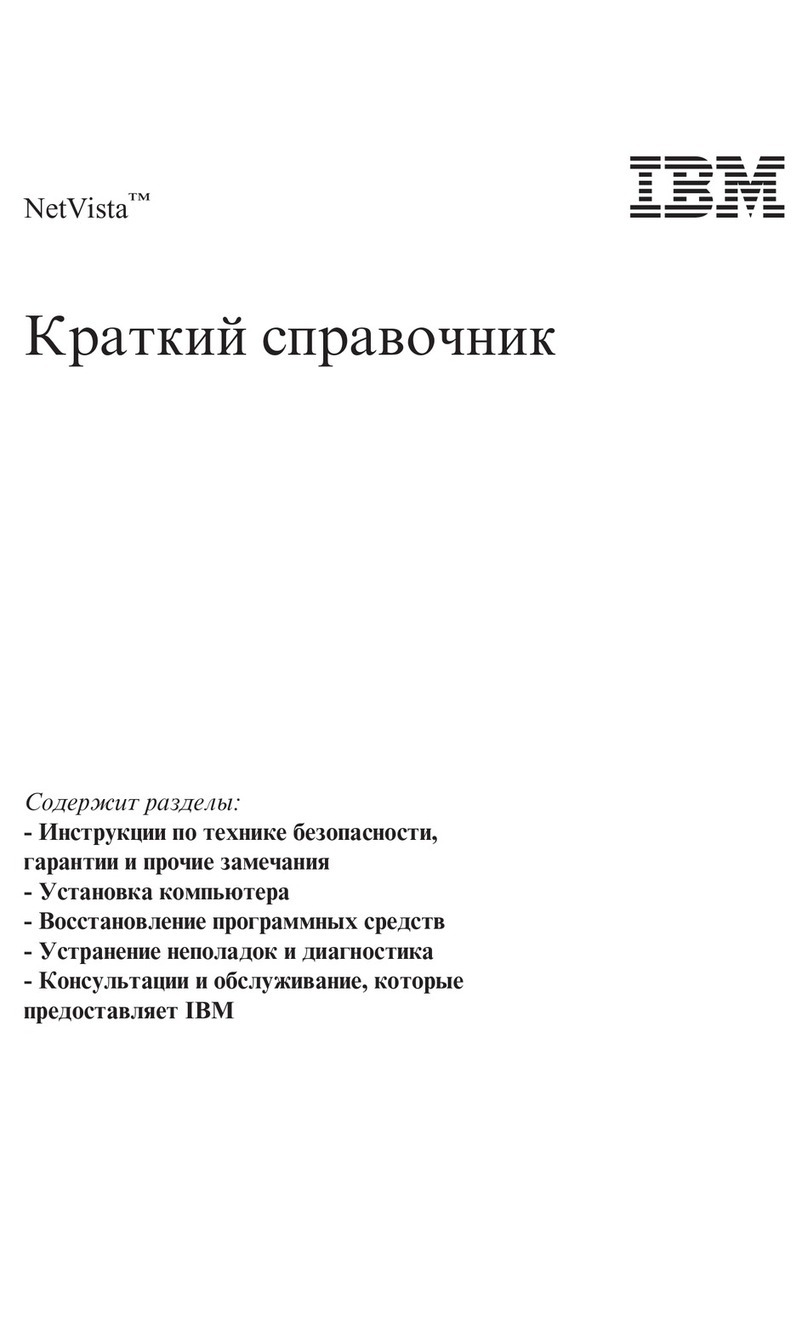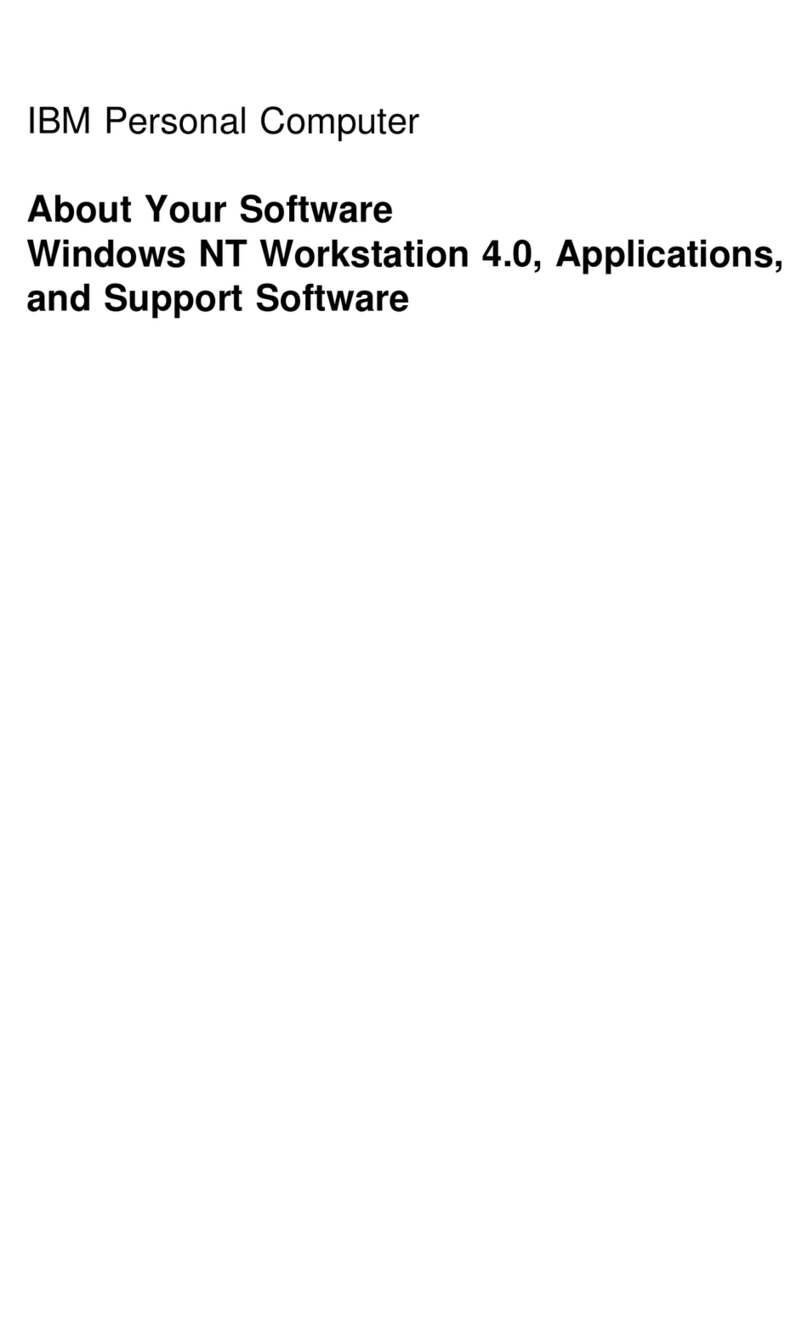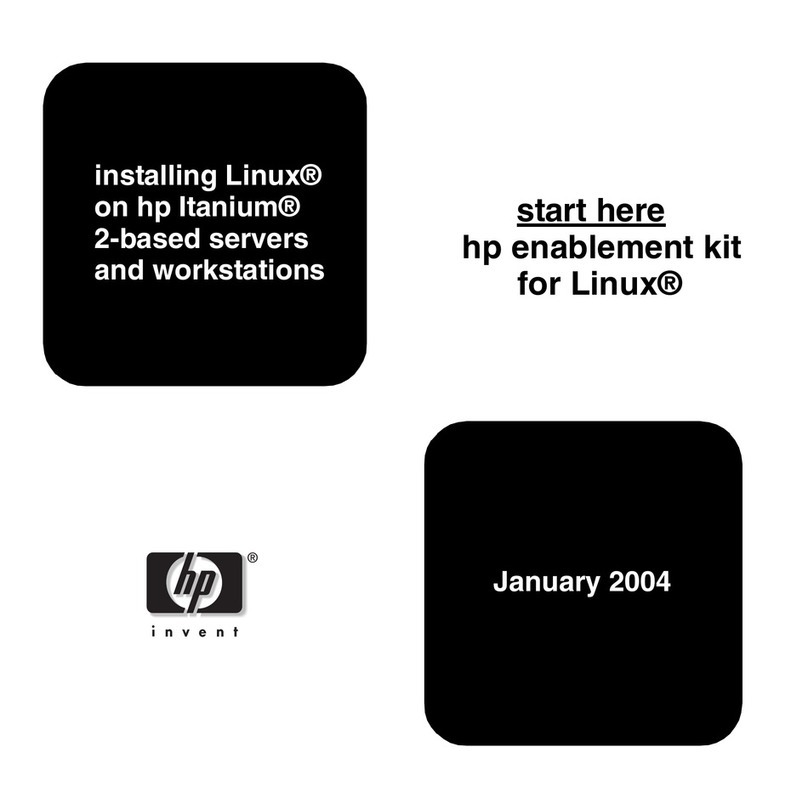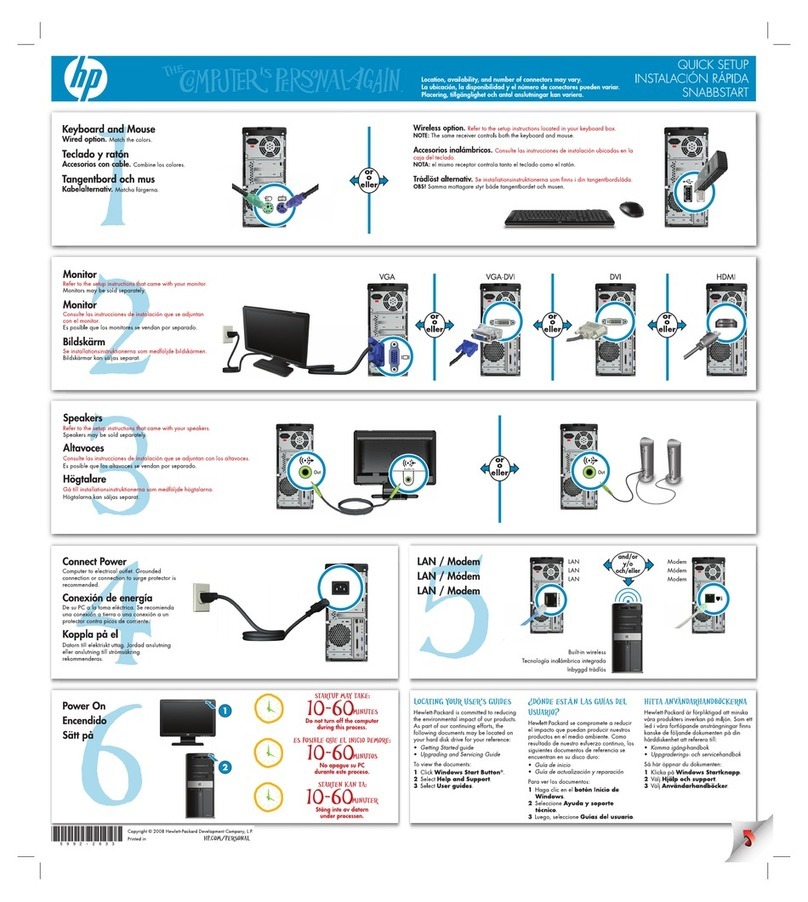
Tables
1. System Resource Assignments for the IDE Interface .......................... 10
2. System Resource Assignments for the Diskette Interface ....................... 12
3. System Resource Assignments for the Parallel Port .......................... 13
4. System Resource Assignments for the Serial Ports ........................... 13
5. System Resource Assignments for the Keyboard and Mouse ..................... 14
6. System Resource Assignments for the Real-Time Clock ........................ 14
7. System Resource Assignments for the Audio Controller ........................ 15
8. System Resource Assignments for the Ethernet Controller ...................... 16
9. System Resource Assignments for the System Management Controller ............... 18
10. Microprocessor Speed (Switches 1-4) .................................. 21
11. ROM Recovery (Switch 5) ......................................... 21
12. System Board Ethernet Control (Switch 6) ................................ 21
13. Privileged Access Password Control (Switch 7) ............................. 21
14. Diskette Drive Write Access (Switch 8) .................................. 22
15. CMOS Operation . . . . . . . . . . . . . . . . . . . . . . . . . . . . . . . . . . . . . . . . . . . . . . . 22
16. Diskette Drives . . . . . . . . . . . . . . . . . . . . . . . . . . . . . . . . . . . . . . . . . . . . . . . . 25
17. IDE and SCSI Devices ........................................... 25
18. Power Output for 330-Watt Power Supply ................................ 27
19. System Board Power Connectors ..................................... 27
20. ISA-Bus Adapters (Per Slot) ........................................ 28
21. PCI-Bus Adapters (Per Slot) ........................................ 28
22. Typical AGP Adapter ............................................ 28
23. Internal 9.11 GB SCSI Drive ........................................ 28
24. Keyboard Port . . . . . . . . . . . . . . . . . . . . . . . . . . . . . . . . . . . . . . . . . . . . . . . . 28
25. USB Port . . . . . . . . . . . . . . . . . . . . . . . . . . . . . . . . . . . . . . . . . . . . . . . . . . . 28
26. Pin Assignments for the 4-Pin Power Connectors ............................ 29
27. Size . . . . . . . . . . . . . . . . . . . . . . . . . . . . . . . . . . . . . . . . . . . . . . . . . . . . . . 30
28. Weight . . . . . . . . . . . . . . . . . . . . . . . . . . . . . . . . . . . . . . . . . . . . . . . . . . . . . 30
29. Cables . . . . . . . . . . . . . . . . . . . . . . . . . . . . . . . . . . . . . . . . . . . . . . . . . . . . . 30
30. Air Temperature . . . . . . . . . . . . . . . . . . . . . . . . . . . . . . . . . . . . . . . . . . . . . . . 30
31. Humidity . . . . . . . . . . . . . . . . . . . . . . . . . . . . . . . . . . . . . . . . . . . . . . . . . . . . 30
32. Electrical Input . . . . . . . . . . . . . . . . . . . . . . . . . . . . . . . . . . . . . . . . . . . . . . . . 31
33. Heat Output (Approximate) ......................................... 31
34. IO APIC Resources ............................................. 34
35. 3.5-Inch Diskette Drive Reading, Writing, and Formatting Capabilities ................ 34
36. Pin Assignments for the ISA Bus Connectors .............................. 36
37. Pin Assignments for the PCI Bus Connectors .............................. 38
38. Pin Assignments for the AGP Bus Connector .............................. 40
39. Pin Assignments for the IDE Connectors ................................. 42
40. Pin Assignments for the Diskette Drive Connector ........................... 43
41. Pin Assignments for the SCSI 50-pin Connector ............................ 44
42. Pin Assignments for the SCSI 68-pin Connector ............................ 45
43. Pin Assignments for the DIMM Connectors ............................... 46
44. Pin Assignments for the USB Connectors ................................ 49
45. Pin Assignments for the Parallel Port Connector ............................ 49
46. Pin Assignments for the Serial Port Connectors ............................. 50
47. Pin Assignments for the Keyboard and Mouse Connectors ...................... 50
48. Pin Assignments for the Monitor Connector ............................... 51
49. Pin Assignments for the Ethernet Connector ............................... 52
50. System Memory Map (Fixed Address Ranges) ............................. 53
Copyright IBM Corp. 1997 v
